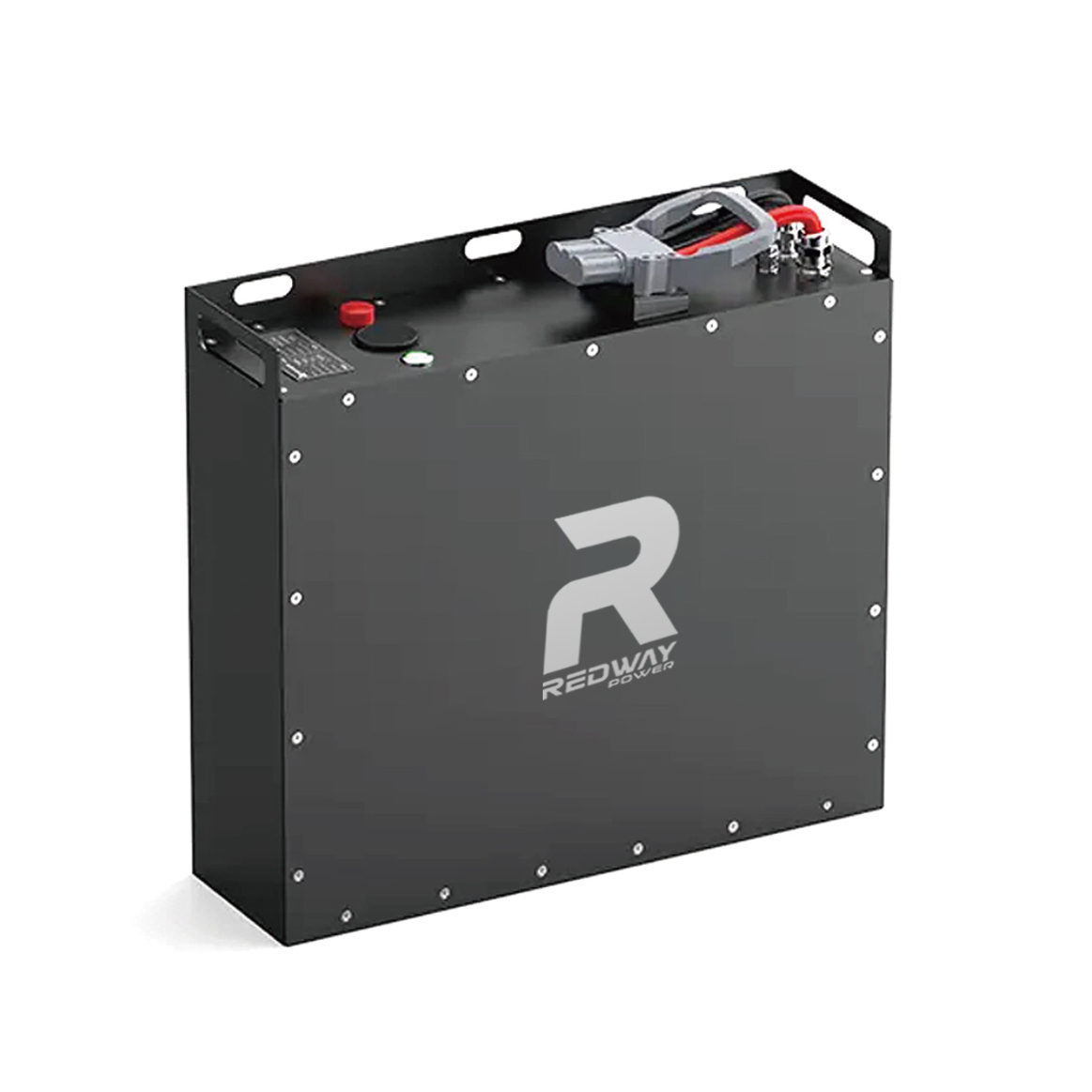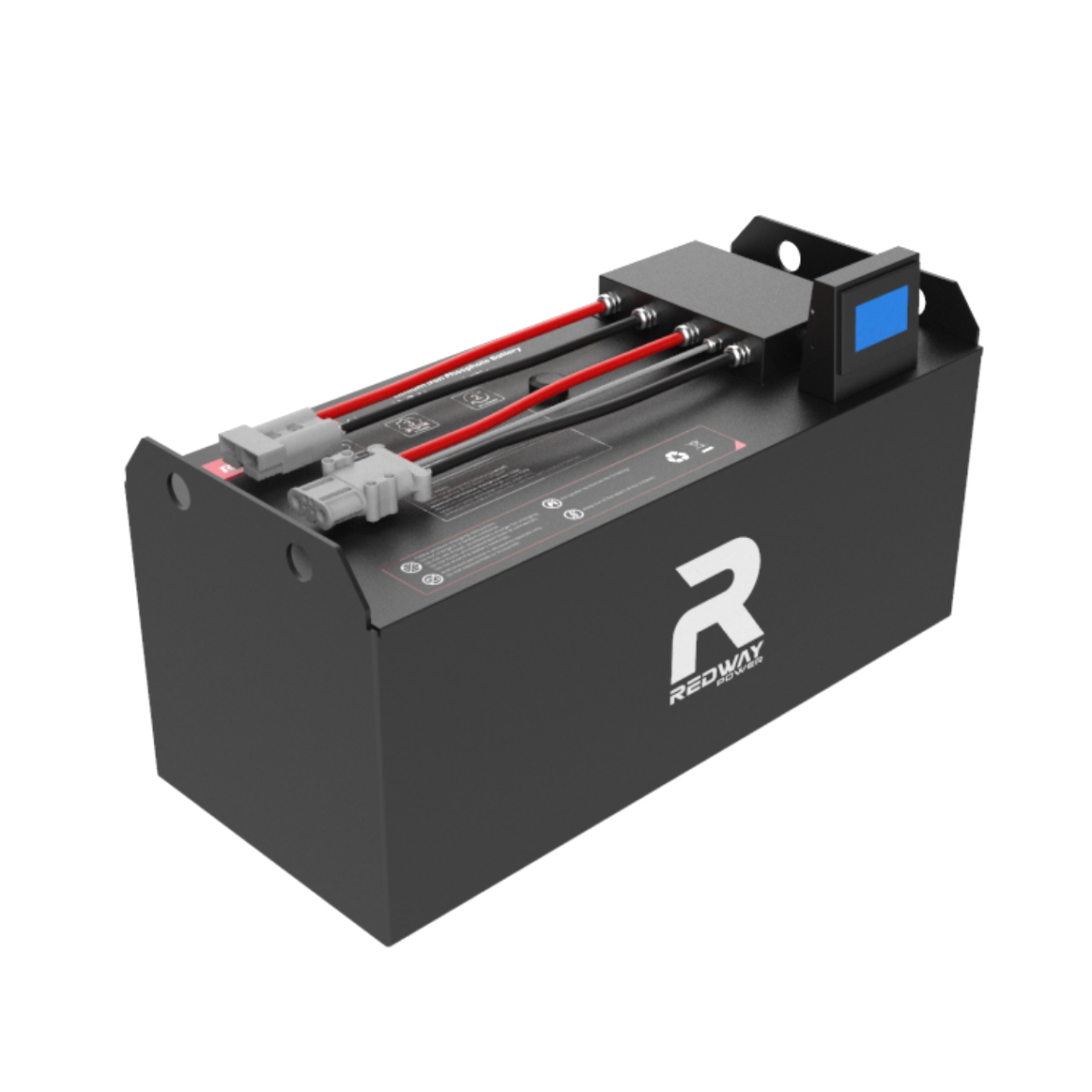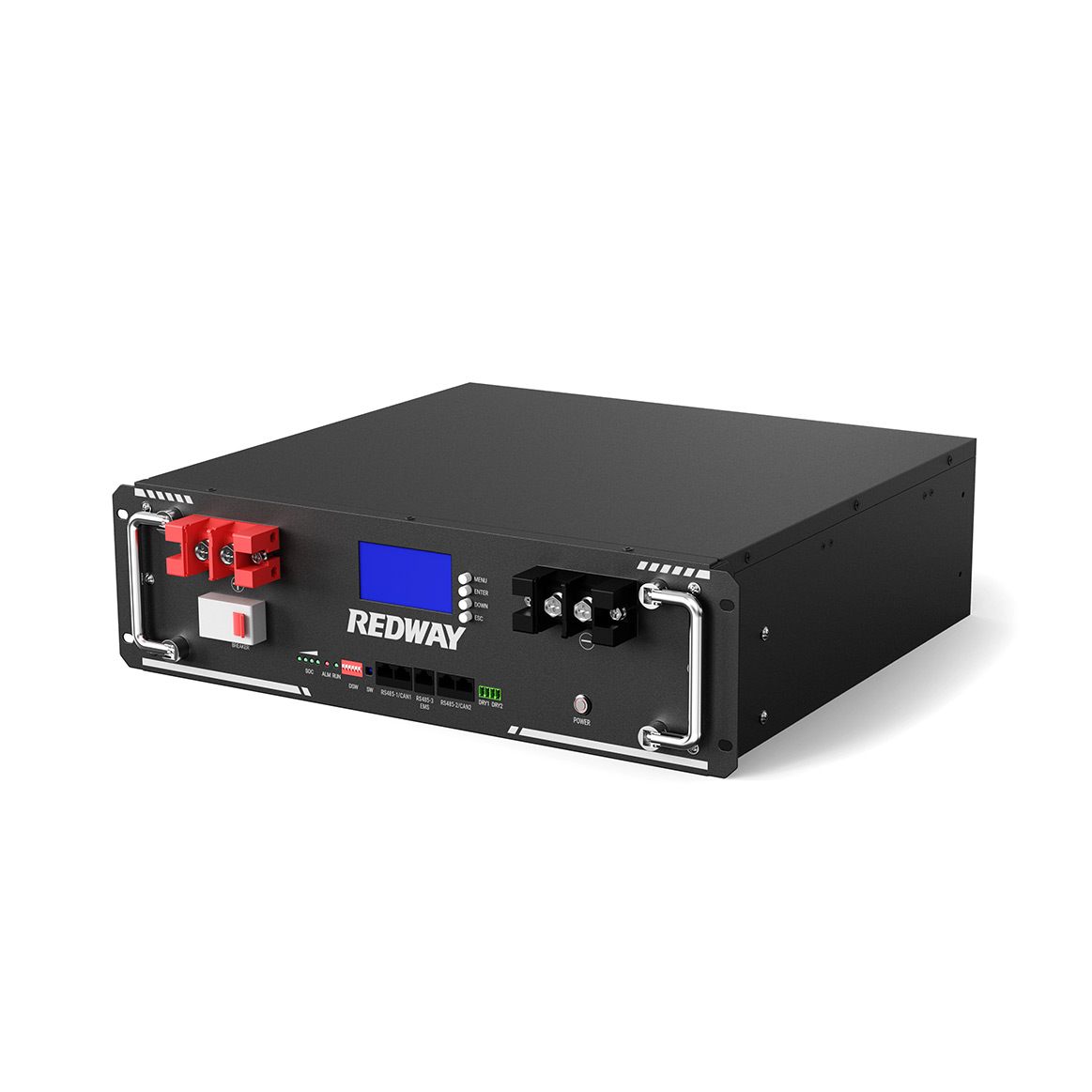Deep Cycle LiFePO4 Batteries Manufacturer
Looking for a business partner from whom you can buy deep cycle lithium batteries at wholesale price? We got you covered. Learn more about how we can work together.
Redway Lithium ion Battery Factory has been diligently striving to unlock the mysteries of transforming deep cycle LiFePO4 Batteries into a profitable venture. Discover the inner workings of LiFePO4 Batteries, explore their advantages, various categories, extensive product line, exceptional craftsmanship, and a plethora of other fascinating details by simply clicking the button below!
We are a Lithium Battery OEM Factory
Redway is dedicated to the domains of 12V, 24V, 36V, 48V, 60V, 72V, 80V, 96V, 100V Deep Cycle Lithium Iron Phosphate Batteries, RV lithium battery, Marine battery, Rack-mounted lithium battery, Golf cart lithium battery and Forklift lithium batteries. Their ultimate goal is to fulfill the diverse energy needs of customers by providing comprehensive energy service solutions. These solutions encompass a range of offerings, including lithium-ion battery energy storage products, smart hardware solutions, energy investment, and operational services, among others.
Don’t you find what you are looking for?
Just tell us your detailed requirements. The best offer will be provided.
Blog
What BMS Features Are Essential for 48V 100Ah LiFePO4 Packs?
December 28, 2025
No Comments
Redway Battery recommends BMS features including overcharge and over-discharge protection, cell balancing, 100A+ continuous current rating, Bluetooth monitoring, and low-temperature cutoff for 48V 100Ah LiFePO4
How to Install Redway PM LV48100 3U?
December 28, 2025
No Comments
Installing the Redway PM LV48100 3U, a 48V 100Ah LiFePO4 rack-mounted battery from Redway Battery, is straightforward when using proper tools and following safety protocols.
Best Practices for Paralleling 48V LiFePO4 Modules
December 28, 2025
No Comments
Paralleling 48V LiFePO4 modules increases overall capacity while keeping voltage stable at 48V. Proper matching of modules, careful voltage balancing, per-unit protection with fuses, and








